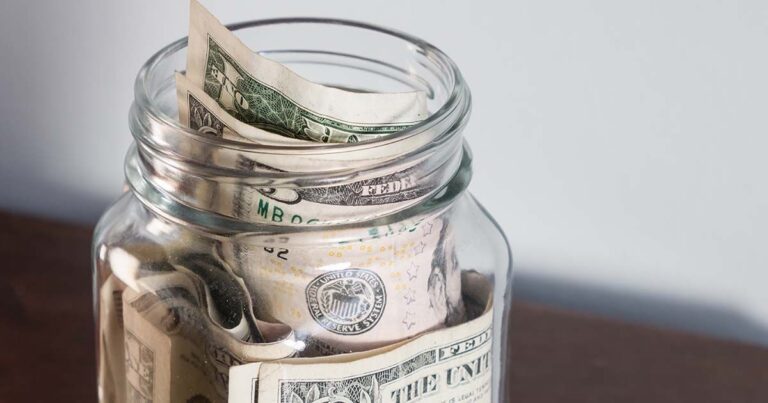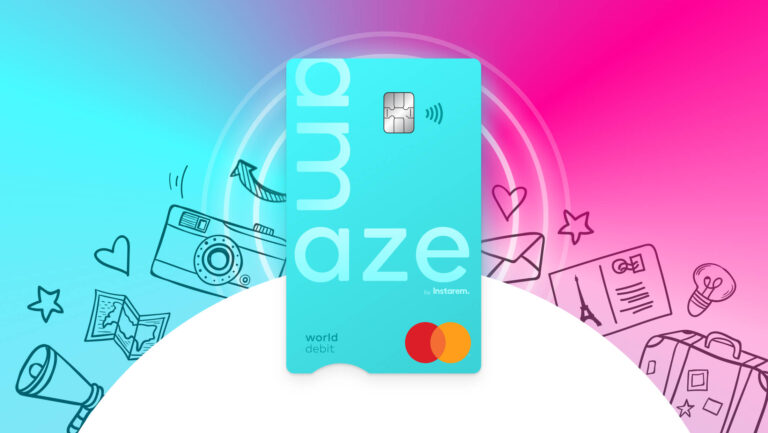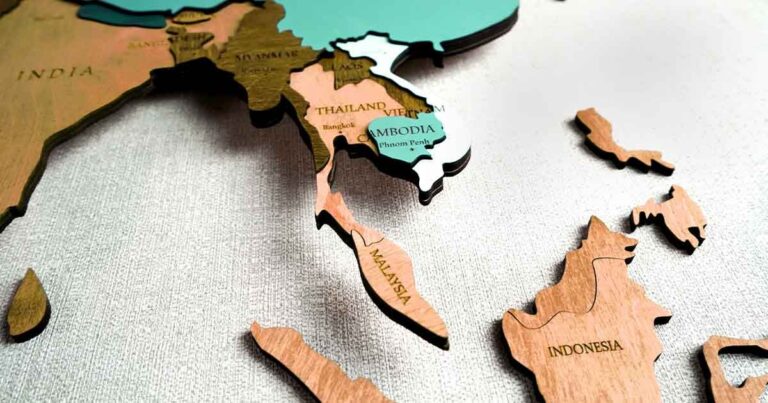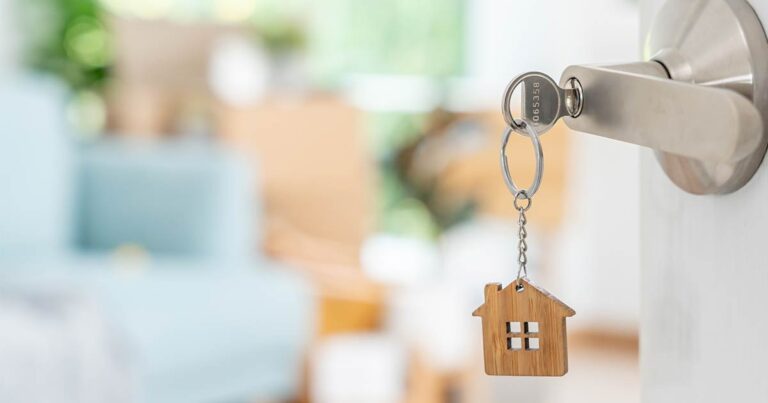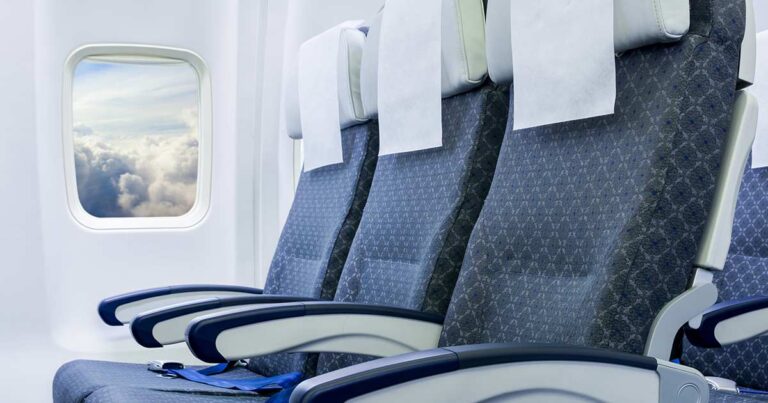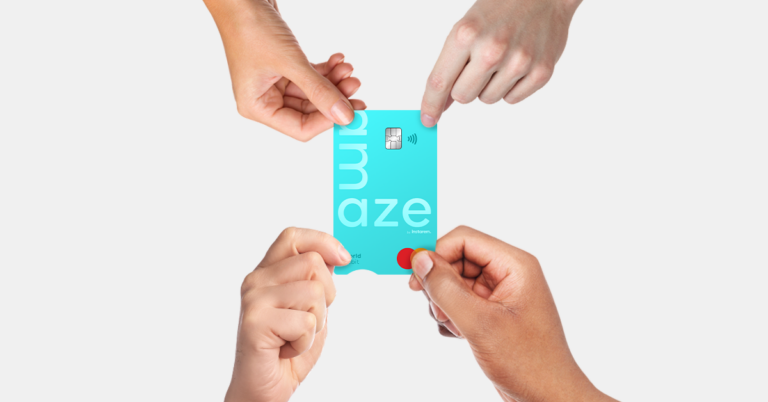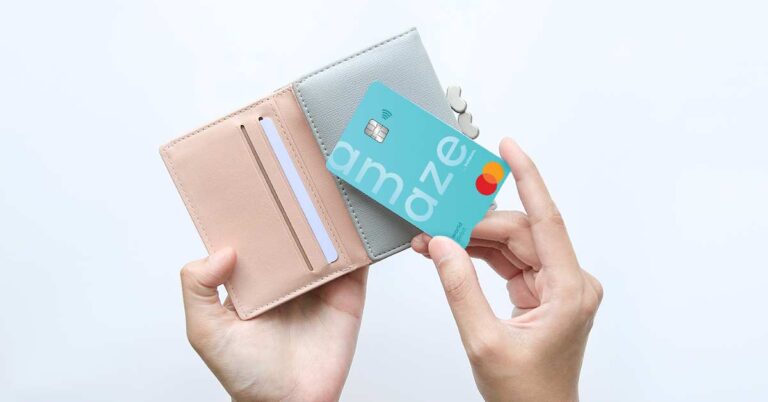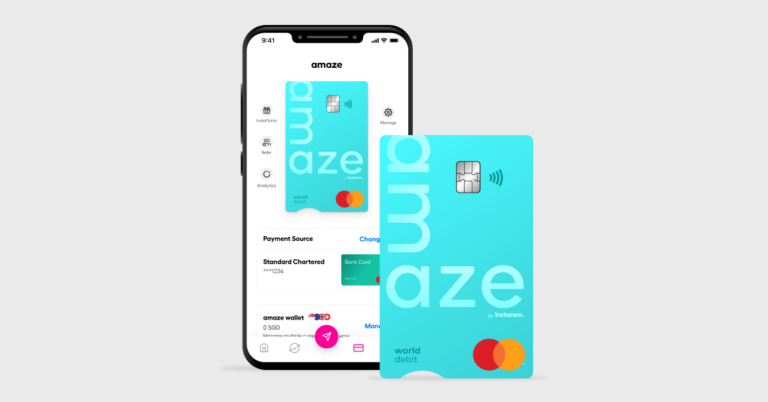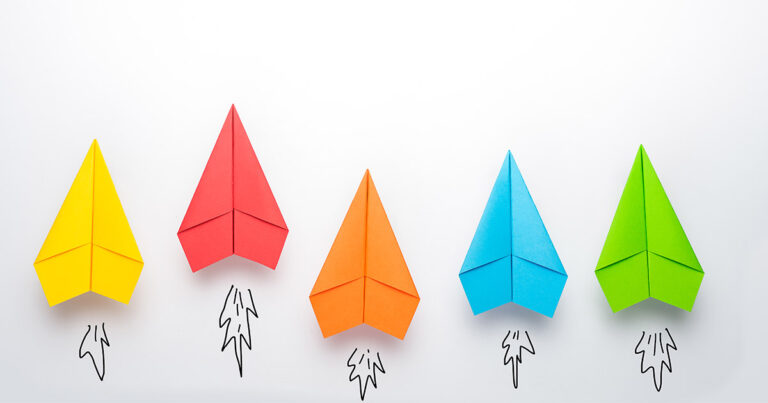An Expat’s Guide To Cost Of Living In Australia
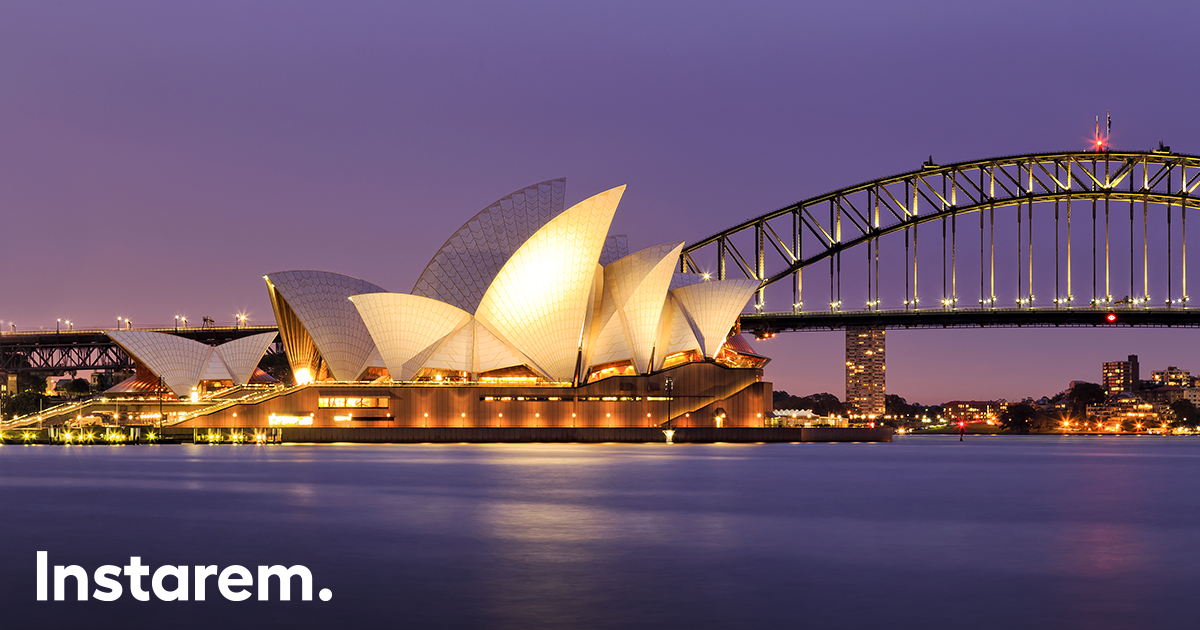
This article covers:
- 1. How Much Does Buying Or Renting Houses & Apartments Cost In Australia
- 2. How Much Does Public Transport Cost In Australia?
- 3. How Much Does It Cost To Buy A Car In Australia?
- 4. How Much Do Utilities Cost in Australia?
- 5. Food & Drink
- 6. Recreation & Entertainment
- 7. Childcare & Education
- 8. Higher Education
- Conclusion
With about 25 million inhabitants spread over a massive land mass of 3 million square miles, Australia is the sixth-largest country in the world. Home to beaches and deserts, kangaroos and the Outback, the Sydney Opera House and the historic Melbourne Cricket Ground; the land Down Under offers its residents a charming mix of natural beauty and cosmopolitan living environment. As one of the world’s most urbanised and multicultural countries, Australia offers potential expats a very good quality of life.
Australia’s economy has grown by leaps and bounds over the past few decades. Its major cities have low pollution levels, modern and efficient infrastructure systems and a lower population density than many other global cities. However, since they are part of a highly developed country, the cost of living in these cities (and Australia in general) can also be higher than cities in developing and/or middle-income countries like India, Vietnam, Nigeria or Brazil. According to comparison website Expatistan, the cost of living in Australia is highest in Sydney, Melbourne, Darwin, national capital Canberra and Brisbane.
Another website Numbeo, which collates the prices of goods and services from hundreds of cities around the world to arrive at a Cost of Living Index (this number compares the cost of living in a major city with a corresponding metropolitan area) also finds that as of mid-2018, Sydney is the most expensive city in Australia overall, followed by Melbourne, Darwin and Perth. In fact, Numbeo found that the cost of living in Sydney has gone up from 2017, increasing its rank to 32 on the list of the world’s most expensive cities (16th most expensive global city in terms of rent alone). Melbourne, Adelaide, Cairns, Hobart and Canberra have also become more expensive. The Economist Intelligence Unit’s 2018 report on Worldwide Cost of Living ranks Sydney as the 10th-most expensive city in the world.
If you are planning to relocate to Australia, you might find it useful to have a realistic estimate of the cost of living there and how much money you are likely to need to maintain your current lifestyle. In this article, we provide information about goods and services such as housing, food, utilities, entertainment and education for a number of Australian cities to help you determine the cost and standards of living in these places. By collating information about both sides of the expatriation divide – the pros: excellent quality of life versus the cons: the high cost of living – you will be better prepared for your move to Australia.
1. How Much Does Buying Or Renting Houses & Apartments Cost In Australia
According to some media reports, housing prices in Australia have consistently fallen between 2017 and 2018, particularly in Melbourne, Perth, Sydney, Brisbane and Hobart. Prices have gone up however in Adelaide, Darwin and Canberra. Despite the downturn in real estate prices, housing is still fairly expensive in Australia as a whole, irrespective of whether you’re looking to buy or rent.
Here’s a quick overview, if you plan to rent a one-bedroom apartment in the city centre (also known as CBD). The details are ranged from the most expensive (Sydney) to the least expensive (Hobart):-
City | State | Rent Per Month (AUD) |
Sydney | New South Wales | 2681.48 |
Melbourne | Victoria | 1767.60 |
Canberra | Australian Capital Territory | 1733.26 |
Brisbane | Queensland | 1726.13 |
Adelaide | South Australia | 1705.67 |
Gold Coast | Queensland | 1568.92 |
Darwin | Northern Territory | 1524.35 |
Perth | Western Australia | 1523.41 |
Hobart | Tasmania | 1208.33 |
If your goal is to buy a house, the table below can help you compare prices by the city:
City | State | Median Prices (2018) In AUD | ||
All Dwellings | Houses | Apartments | ||
Sydney | New South Wales | 815,000 | 925,000 | 700,000 |
Melbourne | Victoria | 653,000 | 720,000 | 536,000 |
Canberra | Australian Capital Territory | 585,000 | 683,000 | 415,000 |
Brisbane | Queensland | 485,000 | 525,000 | 382,500 |
Perth | Western Australia | 470,000 | 484,000 | 415,000 |
Darwin | Northern Territory | 460,000 | 505,000 | 377,000 |
Adelaide | South Australia | 440,000 | 470,000 | 350,000 |
Hobart | Tasmania | 426,850 | 470,000 | 355,000 |
For each city, the median price is the middle of a range from highest to lowest. In general, prices tend to be higher for larger houses that are located close to or within CBD.
Some of the most popular suburbs in Australia are:-
Popularity | City | State |
1 | Warrandyte | Victoria |
2 | Park Orchards | Victoria |
3 | Red Hill | Victoria |
4 | Crafers | South Australia |
5 | Battery Point | Tasmania |
6 | Richmond | Tasmania |
7 | The Basin | Victoria |
8 | North Hobart | Tasmania |
9 | Hobart | Tasmania |
10 | Albert Park | Victoria |
2. How Much Does Public Transport Cost In Australia?
Many cities in Australia have reliable and efficient public transport services. As a whole, Australia’s people and its economy are highly reliant on its well-developed road network. Canberra, Sydney, Darwin, Brisbane, Adelaide, Melbourne, Perth and Hobart all offer well-connected bus services with discounts for card-holders and other categories of travellers (such as students or pensioners).
Details about the bus services in these cities and corresponding fares are provided in the table below:
City | Fare | Comments | |
With Concession Card | Cash | ||
Canberra | MyWay adult card:- Peak single trip: AUD 3.14 | AUD 4.90 | Discounts available with MyWay card Some passengers eligible for free travel |
Sydney | Adult Opal card:- Single train fare: AUD 3.54-8.69 Single bus fare: AUD 2.2-4.71 Single ferry fare: AUD 6.01-7.5 Light rail fare: AUD 2.2-3.66 |
| Discounts available with Opal card It can be used on ferry, train, light rail and bus in Sydney and other parts of New South Wales |
Darwin (and other parts of Northern Territory) | Discounted fares offered to holders of specific concession cards (veterans, seniors, pensioners, students) |
| Flexi Trip and weekly tap and ride cards also available |
Brisbane (and other parts of Queensland) | Adult Go card:- Single bus trip peak time: AUD 3.25-19.61 Single bus trip off-peak: AUD 2.6-15.69 |
| Concession fares are up to 50% cheaper than adult fares and apply to children, students, pensioners, seniors and defence force veterans. Children under 5 travel free. |
Adelaide | Regular MetroCard:- Single peak trip: AUD 3.7 Single off-peak trip: AUD 2.03 |
| Concessions are given to seniors, students, pensioners and visually impaired travellers. Children under 5 travel free. |
Hobart | Adult GreenCard:- Single trip: AUD 2.72-5.6 |
| Concessions are given to students. Children under 5 travel free. |
Melbourne | Myki pass: 7-day pass: AUD 29.4-43 28-365-day pass: AUD (3.52-5.18) * (# of days) |
| Concessions are given to students. |
Perth | SmartRider cards: Standard adult single fare: AUD 1.76-11.52 |
| Travellers using a SmartRider card must ask the bus driver if they are eligible for 10% or 20% concession. Concessions are given to seniors, students, pensioners and visually impaired travellers. Children under 4 travel free. |
In general, travellers who use concession cards on Australia’s public transport can save a lot on their transportation expenses.
Other public transport services are also available in these major cities. Sydney, Melbourne, Brisbane, Adelaide and Perth have suburban train lines. Sydney also operates ferries and a light-rail line. Melbourne and Adelaide have intra-city trams. Like Sydney, Brisbane also has a ferry system. There are also taxi services in all cities and major towns.
Four major airlines operate for domestic travel within Australia: Jetstar, Qantas, Virgin Australia and Tigerair. Prices vary by distance and season.
3. How Much Does It Cost To Buy A Car In Australia?
If you plan to buy your own vehicle, Australia offers prices that are fairly competitive with other developed countries, especially for small, economy cars. A Toyota Corolla, Mazda 3 Hatch or Ford Fiesta would cost between AUD 22,000 and AUD 23,000 on average.
SUVs are also decently priced. A Hyundai ix35 would cost roughly AUD 32,000, probably a bit more expensive than the USA but cheaper than the UK or Germany.
High-end cars such as a Mercedes Benz E Class or a Porsche 911 Cabriolet are much more expensive in Australia than in the USA, South Africa, UK or Germany. In Australia, the Mercedes has a price tag of almost AUD 100,000 compared to AUD 60,000 in the USA (converted from USD) and AUD 62,000 in South Africa. The Porsche, which costs about AUD 140,000 in the USA, will cost you more than double that amount if you buy it in Australia.
Most cars and trucks in Australia use either petrol or diesel. Among petrol-fuelled vehicles, 91 RON (regular unleaded) is the most popular fuel type. The below table gives a quick overview of some commonly used fuels and their prices in major Australian cities:
City | Price By Fuel Type (Cents/Litre) | |||
Unleaded | Premium Unleaded 95 | Diesel | LPG | |
Sydney | 148.9-165 | 159.9-175 | 145.9-161 | 78.9-94 |
Melbourne | 154.9-170 | 170.9-186 | 153.9-169 | 73.9-89 |
Brisbane | 141.9-157 | 153.9-169 | 153.9-169 | 85.9-101 |
Perth | 146.9-162 | 158.9-174 | 152.9-168 | 88.9-104 |
Adelaide | 140.9-156 | 153.9-169 | 149.9-165 | 88.9-104 |
Canberra | 155.9-171 | 170.9-186 | 157.9-173 | 83.9-99 |
Hobart | 155.9-175 | 170.9-186 | 164.9-180 | 98.9-114 |
Darwin | 155.9-171 | 166.9-182 | 155.9-171 | — |
4. How Much Do Utilities Cost in Australia?
The prices of utilities vary quite a bit within Australia. The Northern Territory and its capital Darwin are among the most expensive in terms of electricity, heating, water and garbage collection costs. For example, your utilities bill for an 85m2 apartment in Darwin will set you back by about AUD 304 every month.
A monthly Internet access package would cost a little over AUD 70. Your prepaid mobile tariff is likely to be about AUD 0.11 per minute of usage.
Here’s a quick comparison of these prices (in AUD) for all major Australian cities:
City | Utilities (Per Month) | Mobile Phone (Per Minute) | Internet Access (Per Month) |
Darwin | 304.66 | 0.11 | 73.11 |
Adelaide | 252.59 | 0.18 | 79.15 |
Perth | 201.63 | 0.32 | 75.59 |
Sydney | 182.19 | 0.67 | 70.01 |
Melbourne | 197.11 | 0.18 | 71.1 |
Hobart | 175 | 0.11 | 70 |
Brisbane | 178.63 | 0.33 | 76.79 |
Canberra | 201.34 | 0.12 | 72.48 |
5. Food & Drink
As with many other items, the prices of food and drink items vary across Australia.
On average, a person can expect to spend anywhere between AUD 250-350 per month (higher in major cities – see table below) on food and groceries. This would include purchases such as bread, rice, meat, fish, cereal, soft drinks and condiments from supermarkets like Coles or Woolworths, as well as fresh fruits and vegetables from produce markets. Prices of the latter fluctuate depending on the season (cheaper in summer and more expensive in winter) and supply. Most supermarkets run daily and weekly specials so it is possible to reduce the supermarket bill by at least 20-30%. Vegetarians can save even more.
City | Food Costs (AUD Per Month)* |
Melbourne | 280-360 |
Brisbane | 280-350 |
Perth | 290-370 |
Darwin | 300-370 |
Canberra | 300-370 |
Sydney | 300-380 |
Adelaide | 310-390 |
Gold Coast | 310-400 |
Hobart | 320-410 |
*For a non-vegetarian consuming at least 2,400 calories/day
Eating out can be cheap or expensive, depending on the city and type of restaurant. Sydney and Melbourne – the home of MasterChef Australia – provide a number of options for eating out, from fast food restaurants to high-end establishments. An average basic meal can cost anywhere between AUD 15 and 20. A good meal at a nice restaurant will cost at least AUD 40, while a McDonald’s value meal will cost between AUD 8 and 11.
Half a litre of domestic beer can cost a little over AUD 5 when purchased at a supermarket. Prices are lower during happy hours and at backpacker bars (AUD 4-5). A pack of 6 beers will cost approximately AUD 14 at a supermarket. A bottle of good-quality red table wine will cost at least AUD 20. Teetotallers who want to buy a 2-litre bottle of Coca-Cola can expect to pay a little over AUD 3 for it. Australians love their coffee (for good reason), with Sydney and Melbourne offering the best barista-brewed coffee in Australia. A cup of takeaway coffee can cost between AUD 3.8 for a long black to AUD 4.29 for a mocha. The price of a cappuccino, flat white and short black will fall somewhere between these levels. A chai latte (Indian-style tea with milk and spices) will cost approximately AUD 4.4; a hot chocolate goes for about AUD 4.14 and an iced coffee for around AUD 5.4.
Cigarettes are very expensive in Australia. One pack of Marlboros will set you back by about AUD 30.
6. Recreation & Entertainment
If you are moving from a developing country to Australia, the prices of entertainment and recreation activities will seem quite high. On average, two tickets to a movie will cost somewhere between AUD 32-36. For the culturally-inclined, a visit to a theatre to watch a musical or dance performance can cost you over AUD 200 (2 tickets, best seats).
If you prefer to get your dose of entertainment at home, you can purchase a subscription to Pay TV, a provider of digital cable and satellite TV programming. To subscribe to Pay TV in Australia, you need to sign a contract with one of the providers and pay for a set-top box plus installation charges. Here’s a lowdown on the major Pay-TV providers in Australia along with their base prices:
Provider | Price For Monthly Basic Package (AUD) | |
Foxtel | 26 | Additional packages like movies, sport and drama will cost AUD 10-29 extra (per month) |
Fetch with iiNet | 10 | Up to four additional channel packs can be added (AUD 6) eachA comprehensive ultimate bundle is also available (AUD 25 per month) |
Telstra TV | 25 | Larger package with more movies also available |
Australia also offers a number of Internet-based on-demand streaming services:
Provider | Price For Monthly Basic Package (AUD) | |
Amazon Prime | 6.99 | 30-day free trial |
Hayu standard | 6.99 | 30-day free trial |
Foxtel Platinum HD | 139 | — |
Netflix Basic | 9.99 | 30-day free trial |
Netflix Standard | 13.99 | 30-day free trial |
Netflix Premium | 17.99 | 30-day free trial |
Stan Basic | 10 | — |
Stan Standard | 12 | 30-day free trial |
Stan Premium | 15 | 30-day free trial |
If you’re a health-conscious person, 1 month’s gym membership in the business district of a city like Melbourne or Sydney will cost about AUD 80.
7. Childcare & Education
Formal childcare costs in Australia vary from state to state and provider to provider. A long day care centre would charge between AUD 70 and 185 per day, while a family day care centre (home-based early childhood education) costs between AUD 7.5-16.8 per hour, depending on location and services offered. Hiring a live-in nanny would cost a parent between AUD 17 and 25 per hour, while a live-out nanny would cost AUD 17-35 plus agency’s fee. A trained au pair would cost AUD 200-300 per week + agency fee.
On the education front, the average cost of schooling in Australia is higher than Germany or New Zealand but much lower than the UK. Getting a child into preschool would cost between AUD 45-80 per day. Overall, education from Prep to Year 12 through a public school can cost on average AUD 66,000. Schooling at a private establishment would cost a lot more – about AUD 475,000. These figures would include tuition fees and expenses for transport, clothing and extracurricular activities. Schooling costs are a bit lower for regional Australia – AUD 50,641 for public schools and AUD 347,572 for private schools. Sydney and Melbourne are the most expensive places in Australia for children’s education and Hobart is one of the cheapest.
8. Higher Education
Thanks to a number of world-class universities offering high-quality education, Australia is a very popular destination for international students, second only to the USA. Course fees can vary depending on the course type, institution, location, etc.
The table below gives the average tuition costs in AUD that international students may expect to incur:
Programme Type | Tuition Fees In AUD (Per Year) |
Vocational education | 4000-22,000 |
Technical and further education (TAFE) | 4000-22,000 |
Undergraduate (Bachelor’s) degree* | 15,000-33,000 |
Postgraduate (Master’s) degree* | 20,000-37,000 |
PhD | 14,000-37,000 |
Foundation courses | 15,000-32,000 |
*Not including veterinary or medical courses (which cost a lot more).
As with many other countries, education is cheaper for domestic students than for international students. They are also eligible to apply for a number of government loans and scholarships which are not always open to international students, bringing their costs down even further.
Conclusion
Australia is one of the most ‘liveable’ countries in the world, in terms of its healthcare, education, infrastructure, environment and culture. According to The Global Liveability Index 2018 published by The Economist Intelligence Unit; Melbourne is the 2nd-most liveable city in the world (it held top honours for seven consecutive years before it was displaced by Vienna, Austria in 2018). Two more Australian cities make it to the top 10 with Sydney placed at #5 and Adelaide at #10. If you aspire to move to Australia, be rest assured that you have chosen one of the best places in the world to do so. But arm yourself first with practical knowledge about the cost of living in the island country and you will be better prepared before you actually make the transition.
Whether you are relocating as a student or a worker, you will definitely be receiving money from and sending money to your home country. If you usually use the services of a remittance firm for your money transfer needs, you must exercise caution as many of these firms lure clients with claims of low or zero-transfer fees, but then sneak in a bunch of hidden charges without your knowledge.
To avoid incurring losses on your overseas money transfers, choose a money transfer service like InstaReM that guarantees you the best transfer amount and hides nothing from you. With InstaReM, you can transfer money to 55+ countries at Zero-Margin FX rates. By eliminating FX spreads and hidden charges from your cross-border remittances, InstaReM helps you save big bucks on money transfers from Australia. All you pay is a nominal fee that ranges between 0.25% and 1% – clearly displayed on the receipt – depending on the country you are sending to.
 Get the app
Get the app


